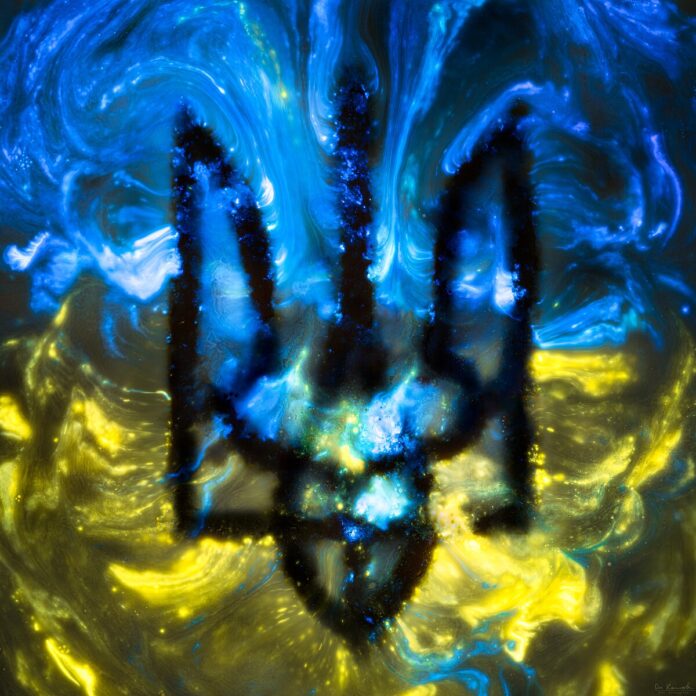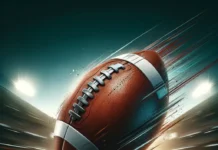In the ongoing hostilities between Russia and Ukraine, Ukrainian drones struck a major blow to a Russian warship tanker in the Black Sea near Crimea last Friday (8/4/23) night. This incident marked the 2nd sea attack that involved drones in a single day after Ukraine had already targeted a significant Russian port earlier on that fateful Friday. The continuous clashes between the two nations underscored Kyiv’s rapidly growing naval capabilities and the increasing significance of the Black Sea in this intensifying war.
The attack on the Russian tanker in the Black Sea was confirmed by both Russian officials and circulating social media videos. This incident followed closely on the heels of Ukraine’s strike on a major Russian port earlier that day, highlighting the strategic importance of the Black Sea in the ongoing conflict.
These attacks weren’t isolated incidents. Rather, they were part of a larger pattern that began with a Russian attack on Ukrainian ports, a retaliation for Moscow’s withdrawal from a crucial grain-export agreement a few weeks prior. This agreement allowed Ukraine to sell substantial amounts of grain on the global market. The region’s strategic importance (Black Sea) became even more apparent as it became a pivotal battleground in this war.
The attack on the Russian tanker caused significant damage, with the vessel sustaining a hole in its engine room near the waterline on the starboard side. There were no casualties among the 11 crew members on board. The Russian Federal Agency for Marine and River Transport released a statement on Telegram confirming the damages caused by a sea drone attack. Vladimir Rogov, a Kremlin-appointed official in Ukraine’s southern Zaporizhzhia region, stated that several crew members sustained injuries due to broken glass.
Ukraine’s Security Service later confirmed its involvement in the attack on the warship tanker, which was in the transportation of fuel to the Russian forces. The use of a sea drone filled with 450 kilograms of TNT showcased the country’s strategic capabilities. Despite not explicitly acknowledging Ukraine’s responsibility for the attack, Vasyl Malyuk, the leader of Ukraine’s Security Service, emphasized the legality of such special operations in the country’s territorial waters.
The attack briefly disrupted traffic on the Kerch Bridge, which connects Crimea to Russia. Furthermore, tugboats were dispatched to assist the damaged tanker. This particular vessel was already under United States sanctions for its role in providing jet fuel to Russian forces in Syria. The incident followed a similar attack on a Russian warship at Novorossiysk, which suffered severe damage from a Ukrainian drone strike.
Ukraine’s strike on Novorossiysk marked a pivotal moment, as it was the first time a commercial Russian port had been targeted during the nearly 18-month-long conflict. The port’s strategic significance, owing to its naval base, shipbuilding yards, and oil terminal, makes it a crucial export hub. Its location, about 110 kilometers east of Crimea, amplifies its importance in the ongoing conflict.
Mykhailo Podolyak, who is an adviser to Volodymyr Zelenskyy, Ukrainian President, praised the attack’s success and highlighted how drones are reshaping the dynamics of the conflict. The attack demonstrated Ukraine’s ability to target vessels of the Black Sea Fleet, irrespective of the distance. This marks a significant change in the balance of power, particularly as Russia’s once-superior navy begins to face challenges in the Black Sea.
Image is licensed under the Creative Commons CC0 1.0 Universal Public Domain Dedication and was created by Don Komarechka.










